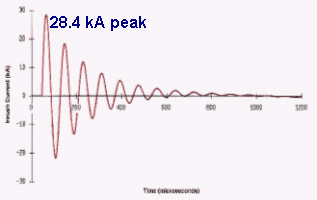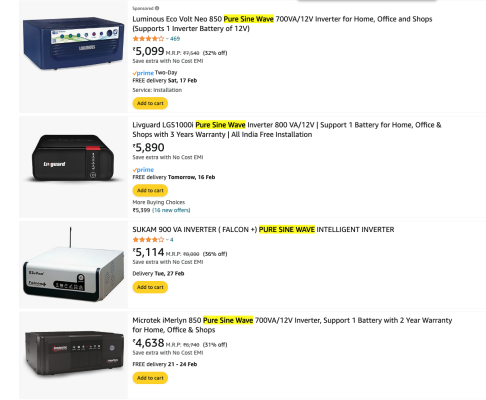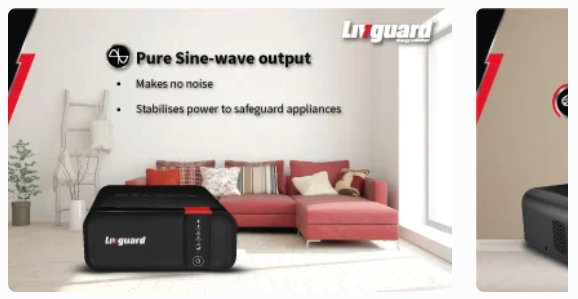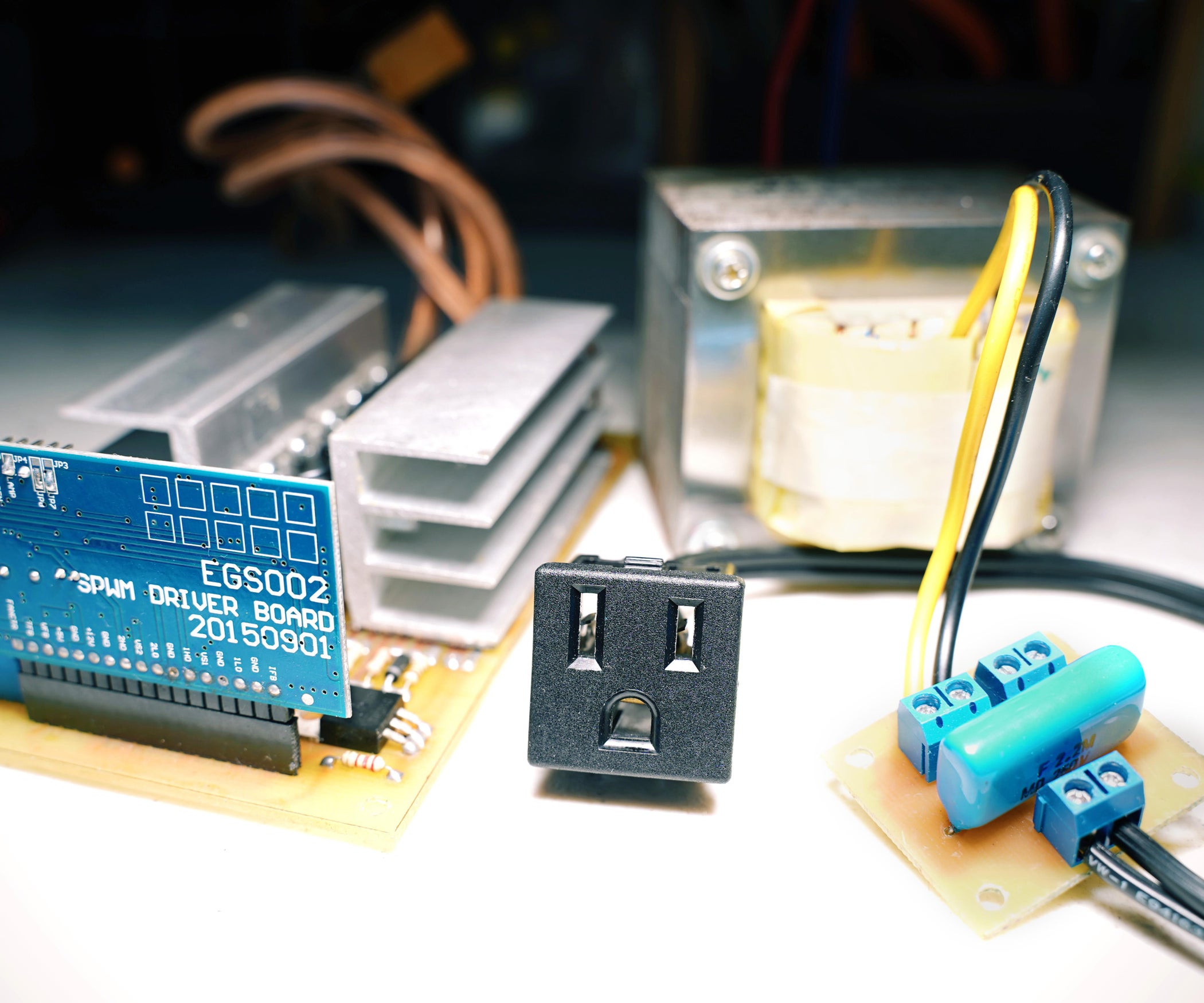I went the inverter route purely on the basis of members saying their inverters worked fine during switchover from mains to battery.
There's a little detail to look out for that I learned of recently. If the inverter uses a mosfet for the switchover, it's near-instantaneous. If it uses a relay, there's a delay. It's easy enough to find out which is being used by looking at repair videos on youtube, and also by listening — if you hear a loud click on switchover, it uses a relay. Some luminous models use a mosfet, others use a relay.
However another of my concern was the frequent voltage fluctuations that my locality faces.
There's a 'low-tech' way to deal with fluctuations, I oversize my power supplies. I'm able to do this since most of my systems consume under 100w on average (no gpu) so they all have 450W power supplies. I have one system that draws 150W, it has a 650W power supply. I'm assuming the larger capacitors in the larger power supplies help smooth out most fluctuations.
There have been times when we were stuck at high voltage for a few hours, forcing the inverter to run on battery. For those situations, I got a mainline stabilizer.
But the best option for fluctuations, as
@enthusiast29 pointed out, is to get a UPS with AVR and connect that with an inverter for longer backup times.
just off topic ...
someone told me that Inverter power degrade life span of ALL ELECTRICAL GADAGETS (AC/Fridge/Computer/Fan/Lights/Speakers/Mobile on charging etc. etc.) in long term, is it true?
That was true in the olden days (say ten years ago) when appliances relied on pure-sine wave input and most of the affordable inverters were square-wave.
These days, if the appliance has a display of any kind, it doesn't care if it receives a square-wave or sine-wave. If has a motor or compressor, it might need a sine-wave input. Most new ACs and Fridges do some kind of rectification for better efficiency, so they're okay with square-wave input. BLDC fans also don't need a sine-wave input.
But then most new inverters sold today around the 5K range are sine-wave.






